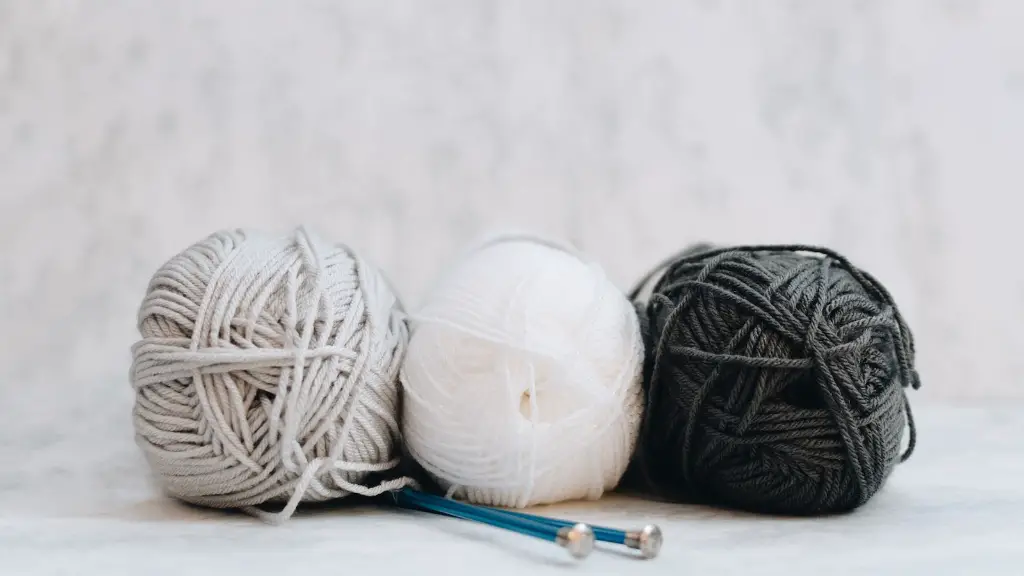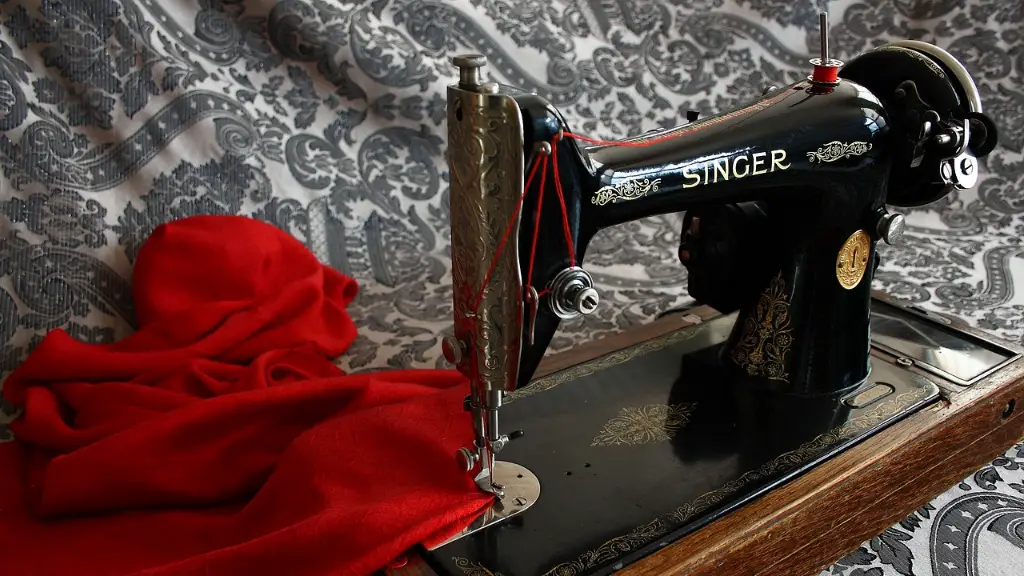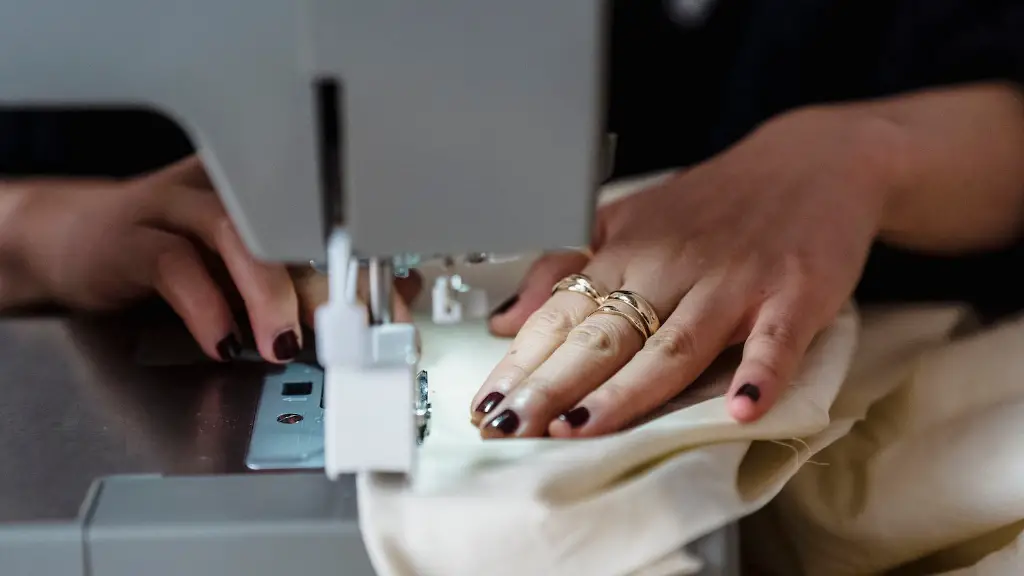Embroidery is a popular and creative way to add finishing touches to clothes, home decor, and accessories. In the old days, embroidery was done manually, but today it can be done with the help of a sewing machine. With a few extra supplies and a bit of practice, anyone can take up this creative hobby and make beautiful garments, tote bags, wall hangings, and anything else they can think of.
There are two main types of embroidery machines to choose from: mechanical and computerized. Each offers different levels of complexity. Mechanical embroidery machines are simpler, while computerized machines are more advanced and allow for greater customisation. However, both types can be used to create beautiful embroidery designs.
When it comes to supplies for embroidery, the most important items are fabric, thread, and needles. If you are using a machine, you will also need bobbins, a stabiliser, and a hoop. Once you have all the necessary items, you can start stitching. Begin by preparing the fabric, stabilising it with a stabiliser, and then attaching it to the hoop. Then you can select your design and thread it into the machine.
When it comes to operating the machine, the process can vary depending on the type of machine you have. The operating instructions should be read and followed carefully. In general, the process involves loading the design, threading the bobbin, and stitching the fabric. As the machine stitches, you will need to adjust the tension of the thread and make sure the machine is running smoothly. Once the stitching is complete, the fabric can then be removed and the design inspected.
Careful attention to detail is important when embroidering with a machine. Before starting a project, make sure the tension setting is adjusted properly, as this will affect the quality of the stitches. When selecting a design, make sure to consider the size and type of fabric you are using. Your design should be proportionate to the fabric in order to ensure it looks the way you intended.
Finally, one of the most important tips for embroidering with a sewing machine is to take your time and practice. Like any other craft, embroidery is a skill that must be learned and perfected. When first starting out, it can be helpful to practice the basics on some scrap fabric. With practice, patience, and a creative eye, you’ll soon be able to make beautiful pieces that you can be proud of.
Colour and Design
When it comes to colour and design selection, there are a few key factors to consider. The first is the type of fabric you are using. Different fabrics come in different weights and textures and can affect the stitch quality of your design. It is also important to think about the size of your design relative to the size of your fabric. If the design is too large for the fabric, it will have to be reduced in order to fit the fabric properly.
When choosing thread and needle, the type of fabric you are working with should be taken into account. Thread and needles come in a variety of colours and sizes and can affect the overall look of your design. Coarser fabrics like denim or canvas require heavier duty needles and thread while finer fabrics like silk require lighter needles and thread.
Finally, when it comes to colour, it is important to select colours that complement each other and the fabric. Bright, bold colours can make a statement, while subdued, muted colours can create an elegant look. Think carefully about the end result you are hoping to achieve and select colours accordingly.
Extra Features
To take your embroidery to the next level, many machines offer a variety of extra features. For example, some machines come with built-in designs that can be customised, so you can turn plain fabrics into works of art. Also, some embroidery machines offer a memory function that allows you to save designs for future use. Finally, many machines come with monogramming capabilities, making it easy to add initials or names to your project.
Whether you’re looking for a simple way to add a bit of flair to your wardrobe or you’re ready to take your embroidery skills to the next level, with a machine you can do it all. With the right supplies, creative eye, and just a little bit of practice, you can transform any fabric into unique creations fringed with your own personal flair.
Maintenance
In order to keep your machine in top condition, it is important to regularly maintain it. Most manufacturers offer detailed cleaning and maintenance instructions in their user manuals. As a general rule, you should clean the inside of your machine with a soft cloth and you should also clean the needle plate and the needle. You should also check the tension of your machine regularly to ensure it is adjusted properly.
It is also a good idea to keep the machine lubricated with a good quality lubricant, specifically designed for embroidery machines. Last but not least, you should check for loose screws, particularly around the arm and needle plate. Sometimes these screws have the tendency to get a bit loose over time, but a good tightening should take care of the issue.
Practical Tips
To enhance your overall experience and ensure that your projects come out looking great, here are a few practical tips. First and foremost, always read the instruction manual that comes with your machine. This will teach you how to use it properly and will provide troubleshooting tips if something goes wrong. You should also practice on some scrap fabric before attempting a project, as this will help you perfect your technique.
When it comes to hooping, it is important to consider the fabric and the design when choosing a hoop size. Choose a hoop that will fit your fabric and the design comfortably. Also, take the time to properly stabilise the fabric; this will ensure that your design stays in place and that the stitches do not come undone.
Last but not least, take your time when stitching. The slower you go, the better the quality of your stitches will be. For delicate fabrics, it is best to decrease the stitch speed setting of your machine so that you have more control.




